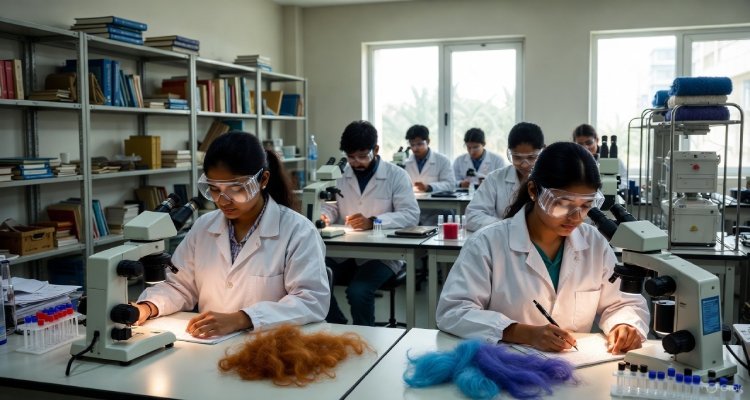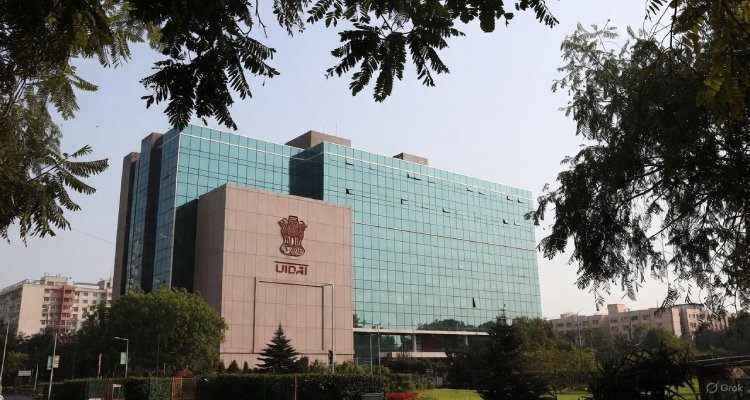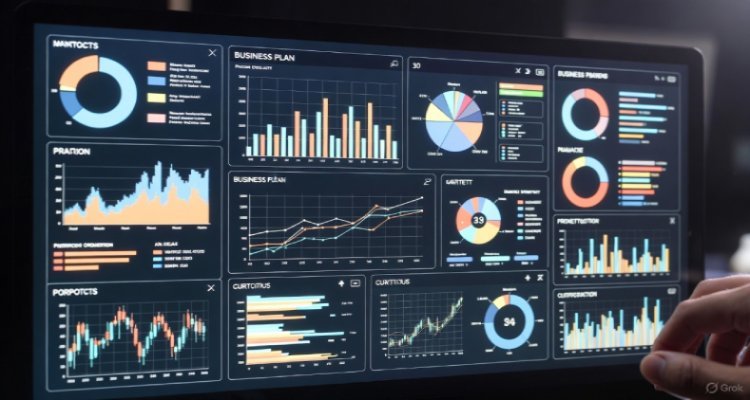The Creepiest Tech Features Hidden in Plain Sight
From smart speakers to VR deepfakes and medical nanobots, discover the creepiest tech features that blend effortlessly into our lives—yet raise chilling concerns about privacy, ethics, and manipulation.
Introduction: When Convenience Gets Creepy
Late at night, with just a whisper, the living room speakers stir—recording, learning, and waiting. What feels like digital magic is, for some, an unsettling glimpse into the shadowy side of everyday tech. As phones unlock at a glance and social apps “predict” friends and partners, sobering questions arise: Are helpful digital companions simply hiding creepier capabilities in plain sight? This isn’t the plot of a sci-fi thriller; it’s the quiet reality of technology today.
Context & Background: How Innocent Tech Turned Unsettling
The early promise of smart technology was effortless convenience: homes that talk, cars that drive, phones that know us better than ourselves. Yet as tech sophistication has exploded, so have subtle, unnerving features that most users accept—often without much scrutiny. Recent years have seen devices and platforms increasingly designed to monitor, analyze, and predict behavior, sometimes blurring lines between assistance and intrusion.businessinsider+1youtube
Scandals such as the Cambridge Analytica data breach awakened millions to how easily personal data could be harvested and exploited—even for political manipulation. Advances in artificial intelligence, biometrics, and networked surveillance now bring hidden risks to nearly every room, pocket, and screen.techbullion+2
Main Developments: 7 Everyday Tech Features with Creepy Underbellies
1. Smart Speakers: Listening Beyond Commands
Home assistants like Alexa and Google Home promise hands-free help, yet frequently collect far more than innocent requests. There have been verified instances where private conversations were misheard and recorded or even played back to employees—the device in your bedroom isn’t just helpful, but potentially a silent eavesdropper.acm+1
2. Deepfakes and Voice Cloning: Distorting Reality
AI-powered deepfake videos and voice synthesis make it effortless to impersonate anyone. What began as fun morphing of celebrity faces has evolved into tools for fraud, revenge, and political manipulation, undermining trust in recordings and media at large. Experts warn that mass confusion about “what’s real” threatens even the basic notion of truth online.bernardmarr+1
3. Facial Recognition Everywhere
From unlocking phones to tagging friends in photos, facial recognition has gone mainstream. Yet, its silent integration in public spaces and social platforms means constant, automatic scanning—and, in some cities, police departments access networks of public cameras for real-time tracking. Critics say users rarely grasp how deeply their unique biometric data is harvested, stored, and potentially shared.webroot+1
4. Body Scanning and Biometric Data
Online apparel retailers and airport security now use 3D body scanners to streamline fitting and improve security. However, experts point to the substantial risks if detailed body data is stolen, leaked, or used for identity manipulation—a level of exposure most have never consented to or imagined.businessinsider
5. Smart Baby Monitors and the “Hackable” Nursery
Internet-connected baby monitors let parents check in from afar, but their vulnerability to hacking has led to harrowing incidents—strangers talking to children through speakers, issuing threats, or surveilling children remotely. The risk doesn’t end with the nursery either; any connected device in the home could be a potential listening post.acm+1
6. De-Pixelation and ‘Sharpening’ AI
Pixelation and blur effects were once stalwarts for protecting identities on video platforms and news outlets. New AI tools can now reconstruct faces and license plates that were deliberately obfuscated, compromising privacy measures once considered foolproof.businessinsider
7. Nanobots and Wearable Surveillants
Nanotechnology promises medical miracles, but also opens doors to new invasions. Nanobots—tiny programmable machines—are being explored for targeted drug delivery, yet also raise fears about untraceable surveillance or manipulation of thought and memory. Wearable tech, too, gathers nearly nonstop streams of movement, biological, and location data—often without users knowing the full extent.business-standard+1
Expert Insight & Public Reaction
Many technology professionals and futurists have sounded cautionary notes on such developments. “I’m skeptical that these devices are not listening to our conversations,” said Heather Vescent, a noted futurist, on the subject of smart speakers. Laura Mingail, an AI consultant, warns, “The abilities of AI to do voice cloning in mere minutes gives an entirely new meaning to losing your voice”.acm+1
Privacy advocates also highlight mainstream discomfort. A recent study on the ‘Perceived Creepiness of Technology Scale’ revealed that users report unease—sometimes instantly—upon first encountering devices that mimic human interaction, monitor physical spaces, or “guess” preferences, even when framed as features. Public reaction to high-profile breaches has triggered calls for tougher standards and explicit consent mechanisms.youtubeacm
Impact & Implications: Hidden Harms and the Road Ahead
The implications of these technologies are profound, touching issues of consent, autonomy, and public trust. On the one hand, innovations such as AI assistants and medical wearables can streamline lives and healthcare. On the other, the blurred distinction between convenience and surveillance can erode personal privacy, fuel manipulation, and deepen public mistrust.techbullion+2
Vulnerable populations—children, the elderly, and those less tech-savvy—are often at greatest risk, whether from hacked monitors, misused biometrics, or targeted disinformation campaigns. Societal impacts may include increasing cynicism toward institutions and accelerated polarization as deepfakes and manipulated media erode consensus on facts.bernardmarr+1
The future hinges on policy, transparency, and informed public debate. Smart regulation and responsible innovation are vital to ensuring that technology remains an ally, not an unseen adversary.
Conclusion: Vigilance Is the Price of Progress
The most unsettling tech features are not always the most exotic—they are the seamless, silent, and sometimes seductive functions baked into daily routines. From the speaker on the shelf to the phone in every pocket, modern society must balance innovation with vigilance. As technology grows more complex and invisible, only a watchful public and accountable industry can ensure that our tools do not become our overseers.techbullion+1
Disclaimer :This article is intended for informational purposes only. It does not constitute legal, privacy, or technical advice. Readers should independently research technology choices and consult professional guidance on privacy and security.











